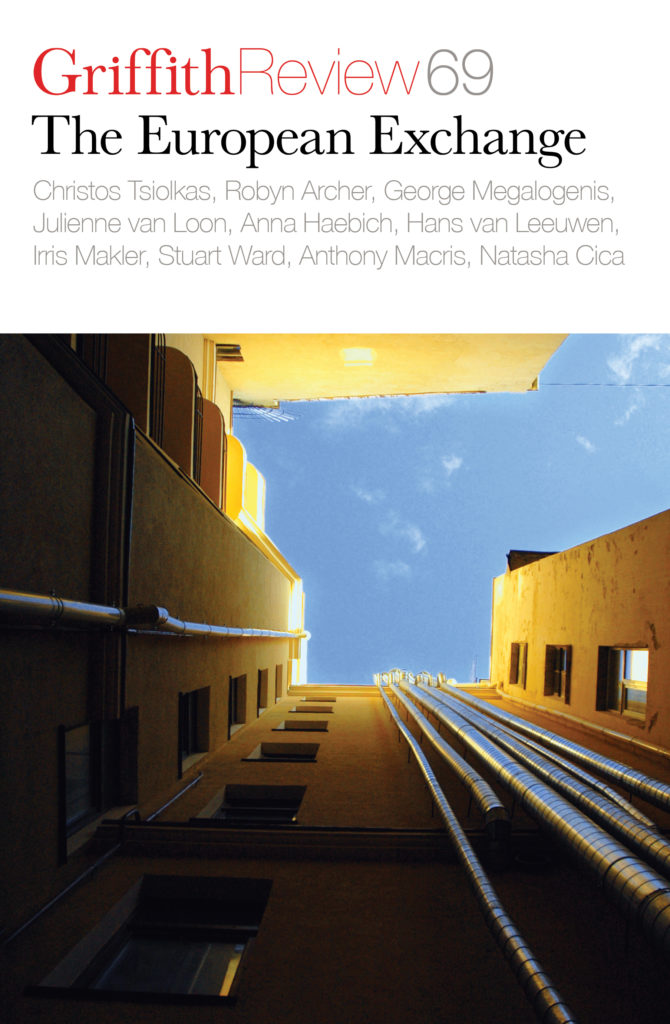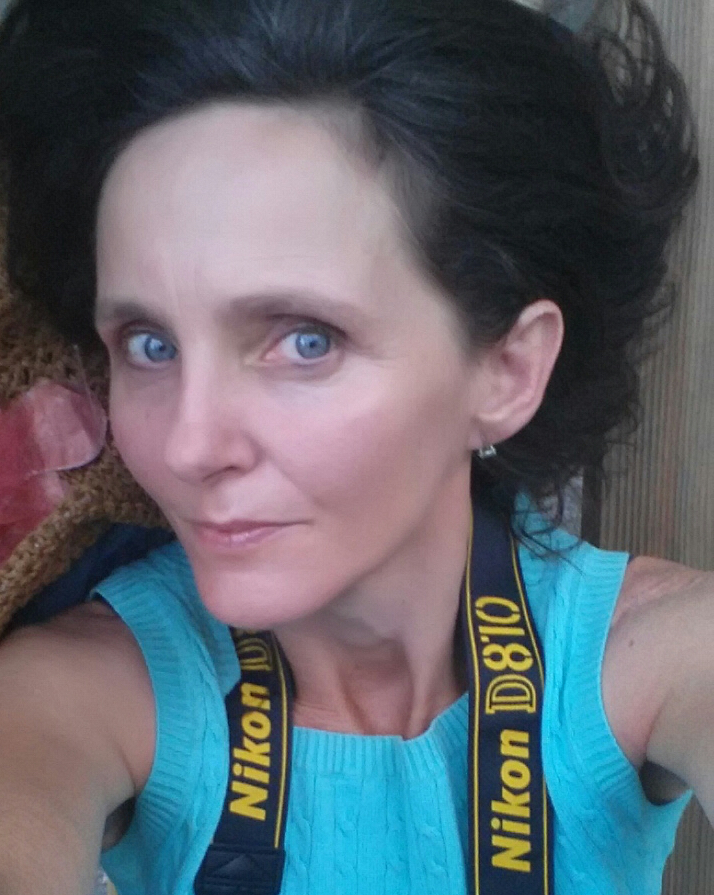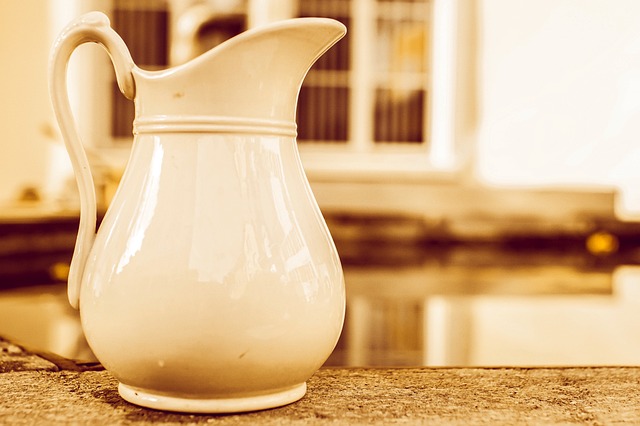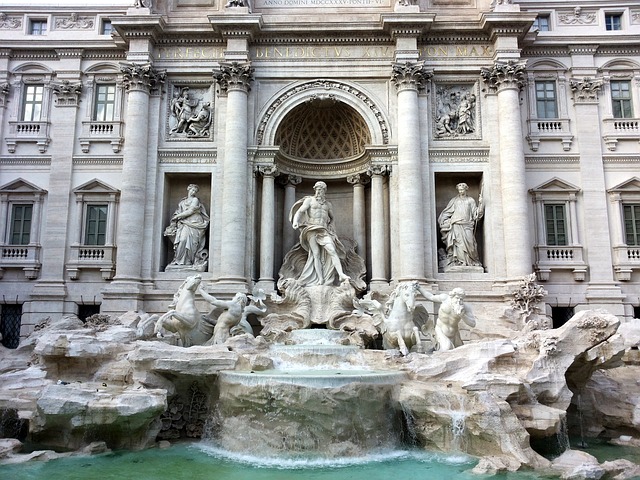Featured in

- Published 20200804
- ISBN: 978-1-922212-50-4
- Extent: 304pp
- Paperback (234 x 153mm), eBook
IN EUROPE, I consider myself a soul-searcher. Building on my settler heritage in Tasmania, my travelling life is partly a quest to discover different bits of me that are scattered between the United Kingdom, the Netherlands and France. In my dual-hemisphere life, I’ve always struggled to reconcile the rift between the two continents that call me in different directions, 17,000 kilometres apart.
It’s always been in Australia’s natural world that I have I felt most at home; culturally I felt more of a misfit. One of AD Hope’s neither-here-nor-there ‘second-hand’ Europeans.
Which is how I explain my travel itch, and a lifetime of straddling hemispheres. It’s nature that constantly pulls me back home to Australia. Through two decades of coming and going, I have always considered myself something of a ‘nature exile’ in Europe. The biggest challenge of adjusting to life in France has not really been the culture shock – that exhilarates me – but nature shock.
My deep connection with Australia lies in the natural environment. All the emotions are about home. I was born with an irrepressible need to return to my Europe roots; each pilgrimage back to Australia is followed by a deep sense of uprooting when I leave.
ARRIVING IN FRANCE in 1996 to undertake a master’s degree in journalism in Strasbourg, I landed under a cloud of poor Franco-Australian relations. A few months earlier, President Jacques Chirac had been pursuing nuclear testing in the Pacific. He was indignant at the lack of ‘solidarity’ offered by European comrades in Brussels over the testing. I was both irate and bemused. Chirac hadn’t exactly offered liberté, egalité, fraternité to the people of French Polynesia. Enrolling at the Université Robert Schuman, I found many of my fellow students – and professors – smoking, not just in the corridors, but in class! Living in a fairytale sixteenth-century colombage house also proved to be a nightmare due to the closely cramped nature of the quarters. I craved light streaming through my window, the sounds of nature, silence, space – and the sea.
To soothe those yearnings, I would take off regularly with my tent and backpack. My colleagues at the Council of Europe would shake their heads in disbelief as I told them I had no idea of my destination: ‘I’m just headed to the bush.’
And so it was that I wound up trekking across the Riviera’s Massif de l’Esterel, through the Ardèche, pitching my tent in the Alps and on the Ligurian coast – trying to connect with the more threadbare nature of this new continent I was in.
This shocked people even more. Camping sauvage? Quelle horreur! The message was clear: this was wild camping for a wild woman…and clearly I was wildly out of place.
After years of major scientific and maritime expeditions in the Pacific, the French seemed to have totally lost sight of their country’s historic connections with Australia, plus any sense of far-off adventure. Despite the travels of eighteenth- and nineteenth-century explorers such as Nicolas Baudin, Louis de Freycinet and Antoine Bruni d’Entrecasteaux, Australia seemed forever destined to be le bout du monde for the French.
Australia nonetheless sparked real curiosity in the 1990s. Yet it was a land of distant dreams for the French. While newspaper polls frequently rated it as an ideal long-haul destination, less than 0.1 per cent of the population – about 35,000 people – actually visited each year. The distance made it unthinkable for most.
The reverie it inspired was reflected in a smoking kangaroo signboard standing outside a Strasbourg tabac. Why Do Australians Prefer Packets of 30? it asked. Next Tobacconist 1,000 Kilometres. As if the distance wasn’t discouraging enough, imagine having to go without Gitanes for weeks while travelling in a desert. Down the street, hearty Alsatian platters of sauerkraut and baeckeoffe casserole were offered at the front door of Chez Dennis – on a menu held by another giant kangaroo cut-out. Decades after the 1960s French advertisements for Le Kangourou-brand underwear (‘Hung like a kangaroo’), myths of Australian male virility lived on.
‘Are there bush women too?’ one ami asked me at a Rotary Club lunch in those Strasbourg years.
This has now changed dramatically. A revolution is underway: in 2018 a record 136,000 French people visited Australia as it became the voyage de rêve – particularly for young people. Clearly Australia’s ‘breathtaking natural wonders’, as one Parisian magazine described them recently, are a huge part of the attraction, as well as the equally époustouflante sense of space. Some 25,000 of these mainly millennials visited on working holidays between 2018–19 – and women are now as equally adventurous as male explorers of earlier centuries.
I ran into many of them, bedraggled and exhausted, during my challenging return to France from Australia in full COVID-19 lockdown in April 2020. Their far-flung travel dreams had been nipped abruptly in the bud as hundreds were forced to evacuate to Paris via Sydney.
Back in my Paris apartment, I reflected on my southern summer in Sydney. I was disturbed and profoundly affected by the bushfires scorching my homeland. Yet even during the tragedy, I was reminded how strongly nature moulds us. We’re weaned on it – the bush, the beach and rural landscapes. And nature’s presence is felt in our daily lives in a way I have never witnessed in France.
As an Australian with all those innate callings to nature, I can still feel a bit like a wild colonial girl in France: raw, natural, bold and direct. Yet there is no longer that sense of being a total outsider.
There are wild colonial boys, too. Last year, a nephew from Australia visited. Strappingly fresh from hiking in Bulgaria, Jake rocked up on the Champs-Élysées with a whopper backpack, massive Blundstone boots and an akubra hat – ready for dinner. And that’s how he entered the famous Parisian cabaret, the Lido de Paris, to take a front-row seat.
Eyes widened, heads turned; people were intrigued. Clearly Jake was an exotic specimen, somewhat echoing those dated myths about Australia and its men. But there was something deeper in their regard – a hunger to know more, a recognition of something so very different, yet so very wonderful, drawing people to go that bit further – to the rencontre or meeting with that culture – and learn something new.
Until recently, I always felt France looked at other cultures as if staring into a museum display case – a sense first driven home by my own encounter with Nicolas-Martin Petit’s 1802 sketch of Tasmanian Aboriginal Bara-Ourou at the National Gallery of Victoria. In the ink and charcoal portrait – executed while Baudin’s expedition was on Bruny Island – the young man appears to have a coiffure of periwinkles.
While the French in Tasmania were curious rather than colonising, they still viewed ‘natives’ with snooty superiority. François Péron, the naturalist on the same expedition, judged Bara-Ourou to have the ‘same defects of proportion common to his race’.
One visible part of the unfolding postcolonial story in France is found at the Musée du quai Branly–Jacques Chirac. This showcase of the Indigenous arts and cultures of Africa, Asia, Oceania and the Americas opened in 2006.
Indigenous Australian art and artefacts feature strongly in the museum’s collection. Seven million people who climb the Eiffel Tower each year now look down on Dayiwul Lirlmim (‘Scales of a Barramundi’), a monumental artwork stencilled onto the museum’s 750-square metre rooftop terrace. This black-and-white work by Lena Nyadbi, an artist from Western Australia’s Warmun community, was commissioned in 2013: it is almost fifty times larger than her original ochre and charcoal painting hanging inside. As part of the museum’s mission to create a ‘bridge between cultures’, architect Jean Nouvel’s original concept incorporated eight installations by Indigenous Australian artists in the ceilings and facade of the building.
Ten minutes’ walk away from this site, through the Champ de Mars park, stands another representation of Australia: the curved buildings of the Australian Embassy in Paris, designed by architect Harry Seidler. This modernist landmark of precast concrete, quartz and granite was commissioned by Gough Whitlam when he was prime minister and completed in 1977. It’s here that many French travellers or aspiring emigrés visit before taking, like Baudin, a Voyages des découvertes aux terres australes – though they are looking at Australia with very different eyes than those of their ancestors.
That colonial gaze is also being returned, and challenged, with an ongoing series of exhibitions at the embassy. Among them, the 2019 show Jarracharra, which featured the work of textile artists from the Maningrida community in Arnhem Land. On loan from Bábbarra Women’s Centre, the collection is inspired by the ‘powerful cool wind’ that blows across the vast wilderness each dry season. And in many ways, a wind of change may be blowing across Europe with these new exchanges.
Thanks to initiatives such as Dayiwul Lirlmim and Jarracharra, awareness of Australian culture in Paris is a far cry from those restaurants of the 1990s offering steak sauter (literally ‘jump steak’) aux poivre verte – the ’roo consumed while discussing the virtues of the Kangaroo Retirement Village on the Côte d’Azur.
RETURNING TO PARIS in April, I realised that the widespread destruction of nature and wildlife in the Australian bushfires had hit a deep nerve in France. Within weeks, a historic vague verte – or green wave – was being declared across the country. Since the municipal elections in June, Green mayors have taken power in major cities such as Strasbourg, Lyon, Marseille and Bordeaux.
Wandering around Paris, I feel an urban revolution underway. In the vast gardens and meadows of the Jardin Nelson Mandela at Les Halles, I have to compete for a picnic perch. This is not your typical pretty jardin à la française: the vegetation is wilder, intended to create a place where ‘you can breathe away from the noises of the city’, as promised by re-elected mayor Anne Hidalgo ahead of the garden’s opening. Like her predecessor, Bertrand Delanoë, Hidalgo is continuing the Socialist Party’s streak of converting more noisy thoroughfares into bike and pedestrian strips, and multiplying the espaces verts.
To my Australian eyes, a new informality is sweeping the French capital – and a growing appreciation for things in a truly natural and unadorned state. It’s long overdue. I’m still waiting for France to have its own ‘Keep Australia Beautiful’ awakening – ours was back in the ’70s. Mountains of merd and trash in the streets remain an intolerable affront to my Australian psyche: a recent study showed more than one in three French people still think it’s normal to throw rubbish from their cars.
As an Australian in Paris, I’m clearly in full-blown exile now, thanks to the restrictions on travel that have come with COVID-19. Those curbs may even stop me visiting family in Tasmania for the second year running, as renewed lockdowns in Melbourne risk being matched any day with a return of widespread lockdowns in Europe.
All of this has highlighted to the nth degree the potential pitfalls of my vagrant life.
‘When will I decide to finally move back home?’ is a familiar conundrum for this global-roaming soul. ‘When will they let me back in?’ is a new one. But after all the years of coming and going, one certainty for me – in these terribly uncertain times – is that nature truly is our culture in Australia.
Share article
About the author

Tamara Thiessen
Tamara Thiessen is a Tasmanian-born, Sydney–Paris-based journalist, foreign correspondent and travel writer who works for print, digital and radio outlets on four continents. Currently...
More from this edition

Belonging
Memoir WE’RE ALL PART of a family, and often more than one. Even without kids, I turn up on several family trees, albeit as a cryptic...

Ripped in half?
Introduction ON THE HIGHWAY before the turnoff to the tranquil village where my small house sits in the heart of Europe – in Vojvodina, an hour...

Out of time
Memoir MY DESIRE TO live in Rome germinated on a European holiday almost twenty years ago. I exited Trastevere train station, bleary eyed after the long-haul...